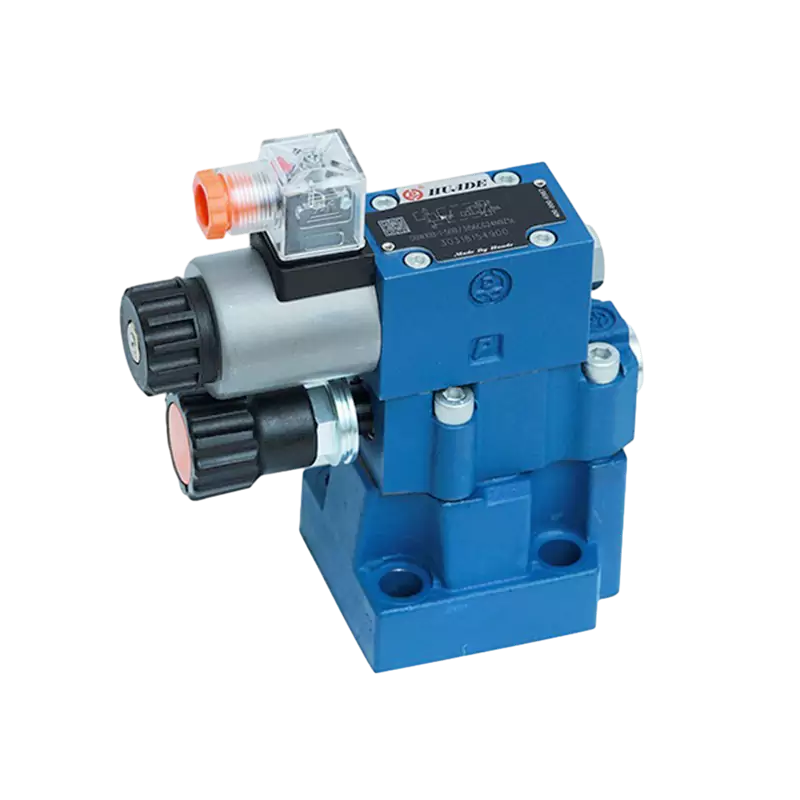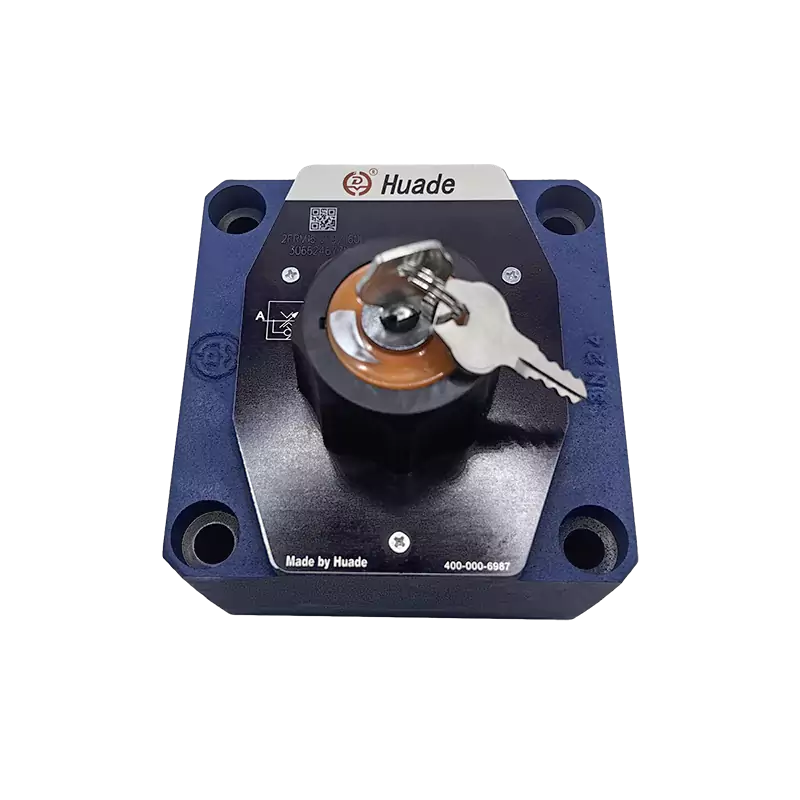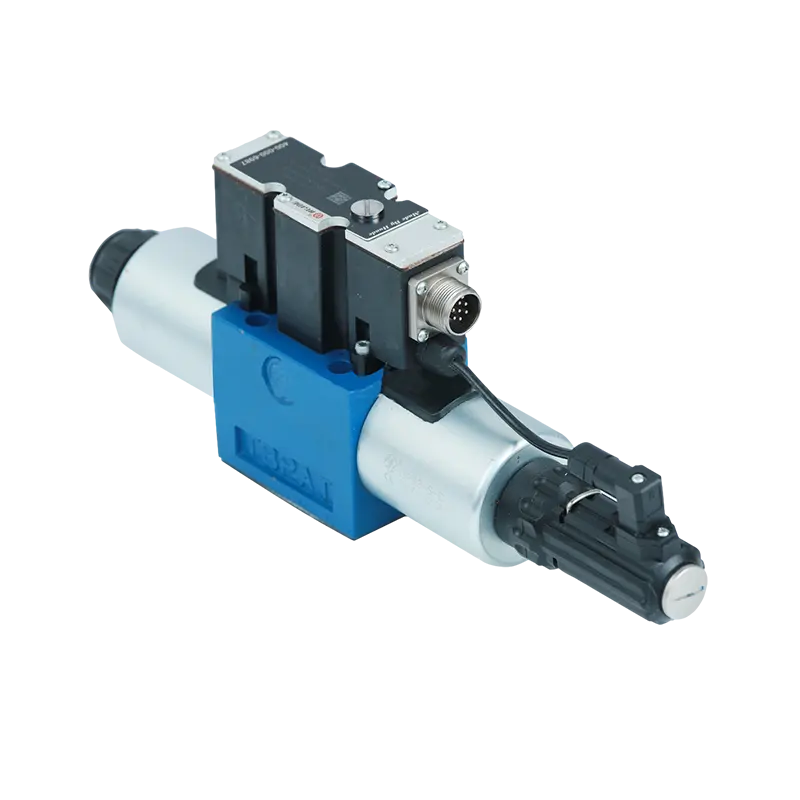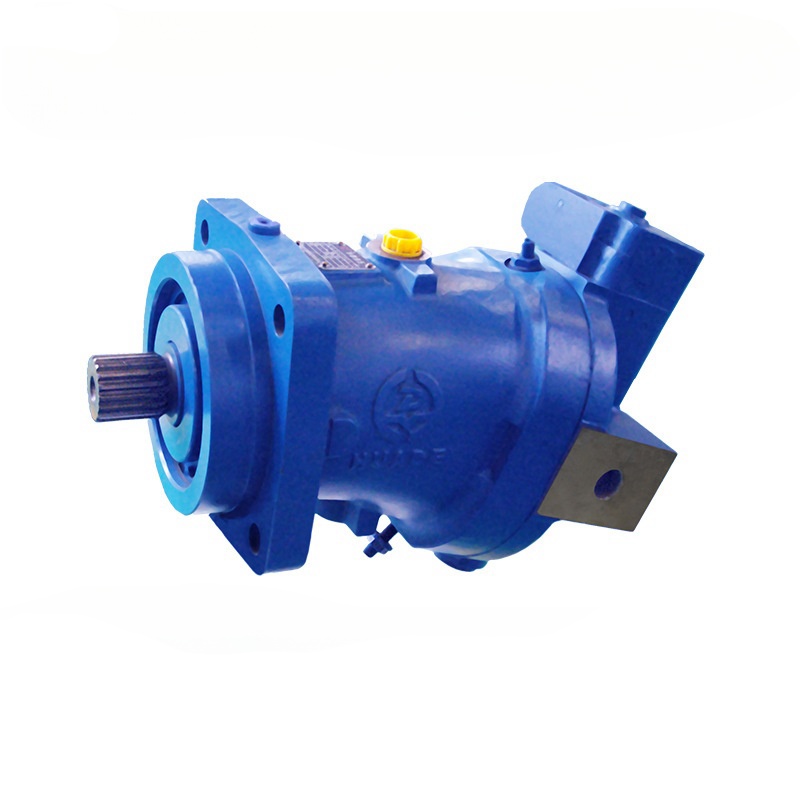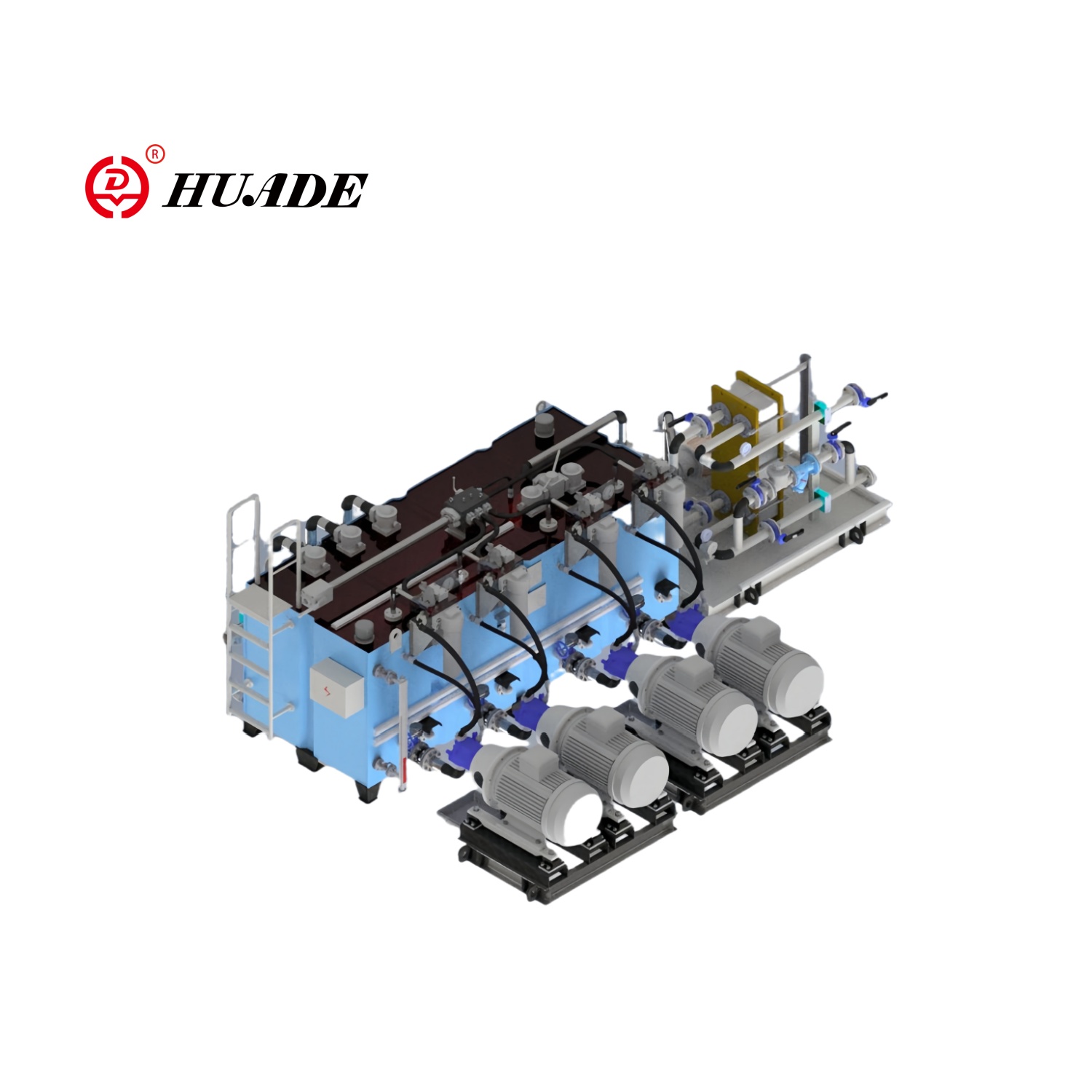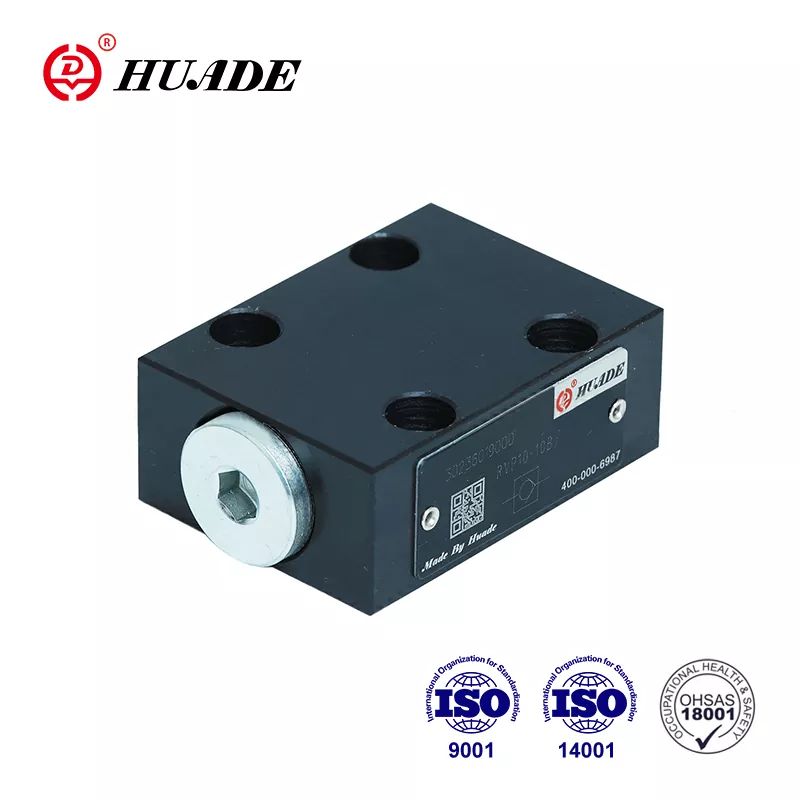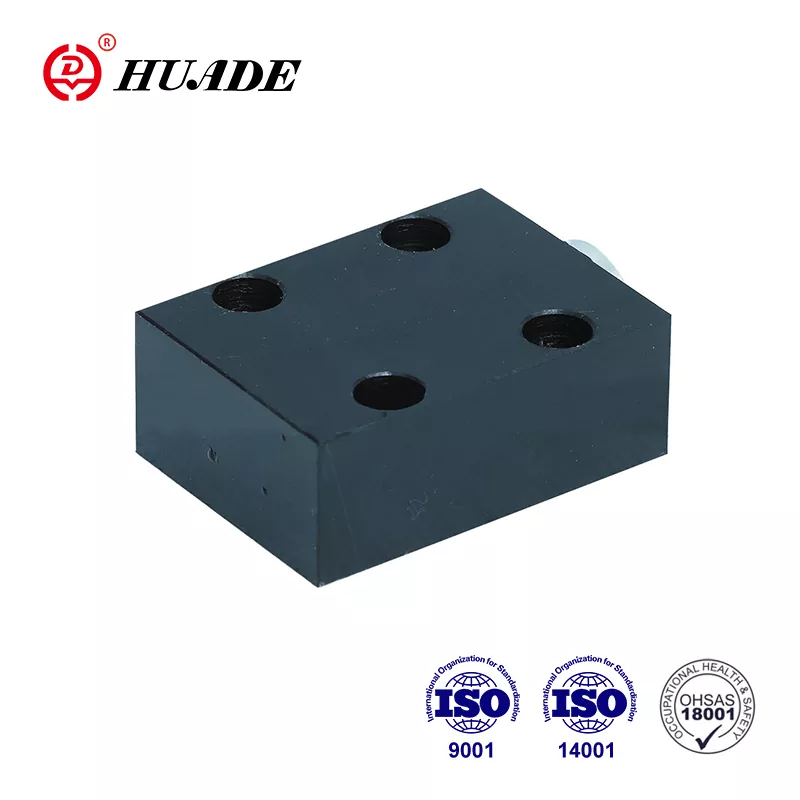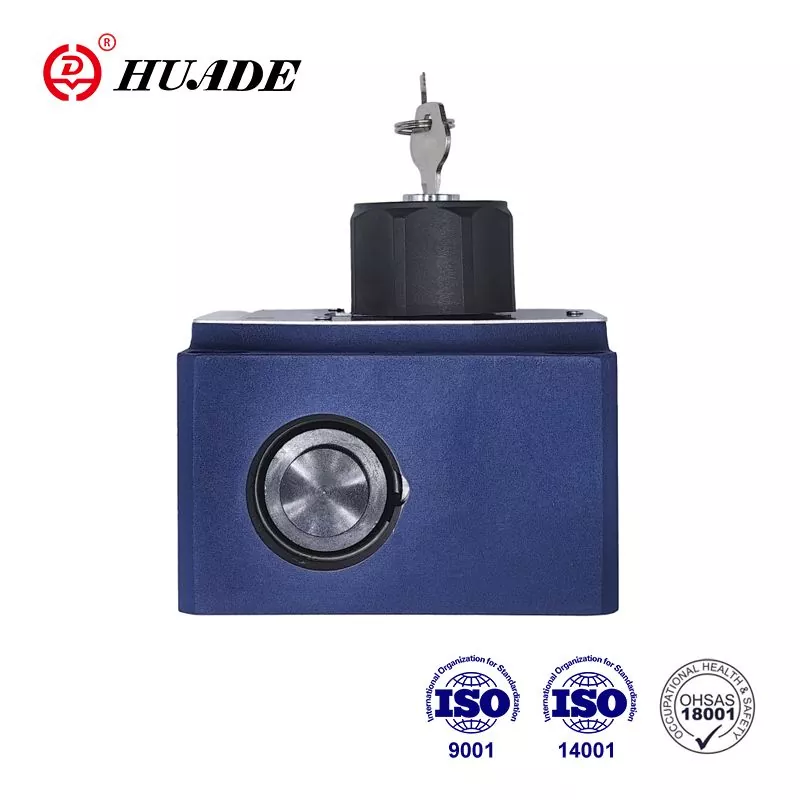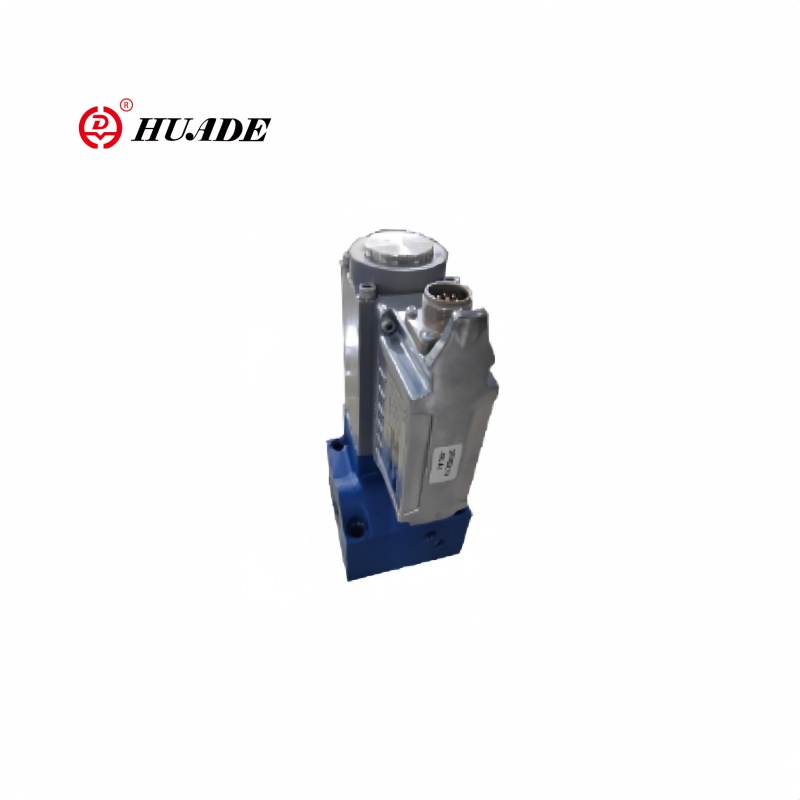
In the world of industrial automation and fluid control systems, proportional valve pressure represents one of the most crucial concepts for achieving precise and efficient operations. Understanding this fundamental principle is essential for engineers, technicians, and anyone working with hydraulic or pneumatic systems.
Defining Proportional Valve Pressure
Proportional valve pressure refers to the controlled output pressure generated by a proportional valve, where the pressure level is directly proportional to the input signal applied to the valve. Unlike simple on/off valves that operate in binary states, proportional valves provide infinitely variable control between minimum and maximum pressure values based on the magnitude of the electrical input signal.
[First understand what proportional valves are]
The relationship between input signal and output pressure follows a linear or predetermined curve, allowing for precise pressure modulation. This proportional relationship enables smooth, continuous control of pressure rather than abrupt changes, making these valves ideal for applications requiring fine-tuned pressure regulation.
How Proportional Valves Work
The fundamental operation of a proportional valve relies on electromagnetic force control. When an electrical signal is applied to the valve's solenoid, it generates a magnetic force proportional to the current or voltage input. This electromagnetic force acts against a spring mechanism and fluid pressure to position a valve spool or poppet.
As the input signal increases, the electromagnetic force grows stronger, moving the valve element further from its seat. This increased opening allows more fluid flow and typically results in higher downstream pressure, depending on the valve's configuration. The precise positioning of the valve element creates the proportional relationship between input signal and output pressure.
Modern proportional valves often incorporate feedback systems using position sensors or pressure transducers to ensure accurate control and compensate for external factors such as temperature variations, supply pressure fluctuations, or component wear.
Types of Proportional Valve Pressure Control
Direct-Acting Proportional Valves
These valves directly control pressure through the electromagnetic force acting on the valve element. They're typically used in lower pressure applications where the solenoid force is sufficient to overcome fluid forces and spring tension. [Compare with hydraulic proportional valve designs]
Pilot-Operated Proportional Valves
For higher pressure applications, pilot-operated valves use a small proportional valve to control a larger main valve. The pilot valve modulates pressure to a control chamber, which then positions the main valve element. This configuration allows precise control of high pressures with relatively low electrical power input.
Pressure Reducing Valves
These proportional valves maintain constant downstream pressure regardless of upstream pressure variations or flow rate changes. The output pressure is proportional to the input signal, making them ideal for pressure regulation applications.
Pressure Relief Valves
Proportional pressure relief valves provide variable relief pressure settings based on the input signal. This allows dynamic adjustment of system maximum pressure without mechanical adjustment.
Applications and Benefits
Proportional valve pressure control finds applications across numerous industries. In mobile hydraulics, these valves enable smooth operation of construction equipment, providing precise control of boom, bucket, and track movements. Manufacturing automation systems use proportional valves for consistent clamping forces, injection molding pressures, and material handling operations.
The aerospace industry relies on proportional valve pressure control for flight control systems, landing gear operation, and cabin pressure management. In the automotive sector, these valves control transmission pressure, power steering assist, and engine management systems.
Improved System Efficiency
Precise pressure matching to load requirements reduces energy waste and optimizes system performance.
Reduced Energy Consumption
Avoiding over-pressurization leads to significant energy savings and lower operating costs.
Enhanced Product Quality
Consistent process pressures ensure reliable manufacturing outcomes and product consistency.
Increased System Responsiveness
Smooth pressure transitions provide better system control and operational smoothness.
Key Performance Parameters
Control System Integration
Proportional valve pressure control systems typically integrate with electronic control units (ECUs) or programmable logic controllers (PLCs). These controllers provide the precise electrical signals required for accurate pressure control while monitoring system feedback.
Modern Control Strategies
Modern control systems often employ closed-loop control strategies, continuously comparing actual pressure output to desired setpoints and adjusting valve input signals accordingly. This approach compensates for system variations and maintains precise pressure control under changing operating conditions.
Future Developments
The evolution of proportional valve pressure technology continues with advances in materials science, electronic control systems, and sensor technology. Smart valves incorporating built-in diagnostics, predictive maintenance capabilities, and wireless communication are becoming more prevalent.
Digital valve technology promises even greater precision and flexibility, potentially replacing traditional proportional valves in some applications. However, proportional valve pressure control remains a fundamental and reliable technology for fluid power systems.
Understanding proportional valve pressure enables engineers to design more efficient, precise, and reliable fluid control systems across diverse applications, making it an essential concept in modern industrial automation.


